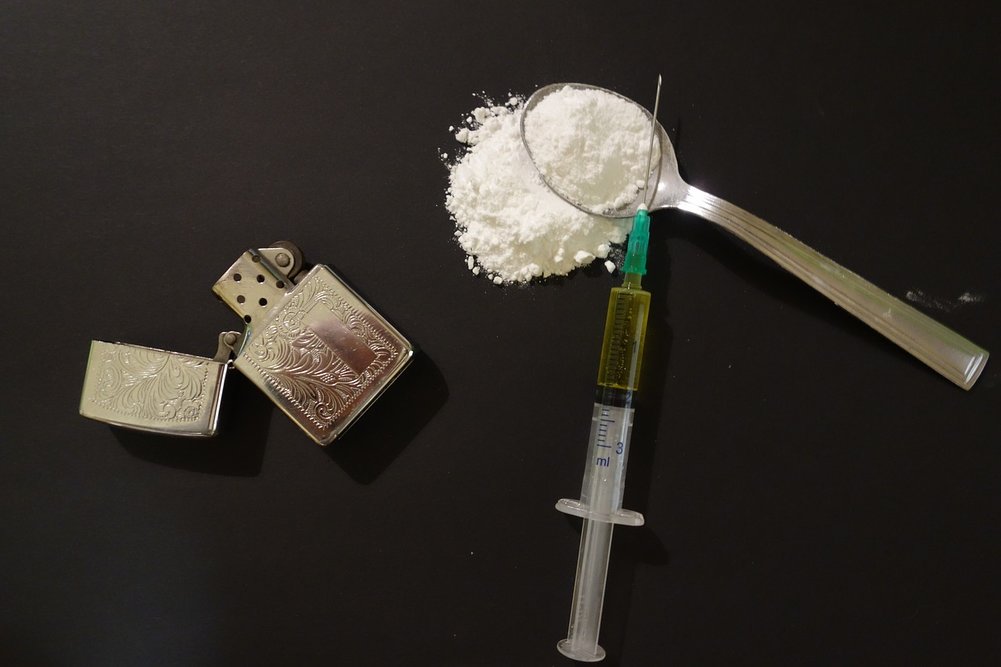The combination of drug misuse, reductions in antimicrobial research by the pharmaceutical industry, and the rapid evolution capabilities of microorganisms has resulted in pathogenic bacteria with stronger and stronger drug resistance. This is an issue that some fear if not handled correctly, could lead to the evolution of a “superbug” that is resistant to everything in our arsenal. Because of this, we are now locked in a type of evolutionary arms race where we are pushed to consistently pursue and develop new antibiotics as the bacteria will naturally and inevitably evolve to become resistant to each one we create.

In a study recently published in Nature, Seiple and colleagues propose what appears to be an incredibly successful chemical synthesis approach to creating an array of diverse antibiotic macrolides. Macrolides are compounds characterized by large macrocyclic lactone rings to which other groups may be attached, and these antimicrobial agents have historically been produced only by semi-synthetic techniques in which the naturally produced antibiotic erythromycin is chemically modified. This synthesis technique developed by Seiple and colleagues is a first, and consists of 7 convergent coupling reactions to assemble 8 chemical modular building blocks.
The principle behind the strategy is very simple and efficient as the modules are prepared separately and in parallel, then brought together. Where the challenge comes in is actually bringing them together, without side reactions hijacking the process. That is what makes this new synthesis technique so impressive, the researchers have created a very well choreographed series of reactions to perfectly assemble the modules, and it even allows them to make a wide range of structural modifications along the way. As the researchers put it: “Employing as a design strategy the multiply convergent assembly of simple chemical building blocks, we have developed a platform of unprecedented versatility for the discovery and practical synthesis of novel macrolide antibiotics.“
Using this technique, the team has already developed over 300 macrolides as candidate antibiotics for pharmaceutical development, and has also synthesized two other drugs that are normally prepared using semi-synthetic techniques, one an already approved drug called telithromycin, and the other a clinical candidate called solithromycin. The researchers report that upon antimicrobial evaluation of the 300-plus candidates, many had antibiotic activity, and some were even effective against strains that are resistant to the macrolide antibiotics currently being used clinically as well as erythromycin, azithromycin and other antibiotics of different classes. Further research is still needed to assess the pharmacokinetics and safety of these new drug candidates, but the versatility and capacity of this novel synthetic technique provides a promising gateway.
In order to win the evolutionary arms race against our microscopic foes, we need an effective course of action, and Seiple’s team’s work makes a compelling argument that chemical synthesis may be it.
By Brady Slater, BSc
News Release: Drug discovery: Fighting evolution with chemical synthesis
Original Article: A platform for the discovery of new macrolide antibiotics











